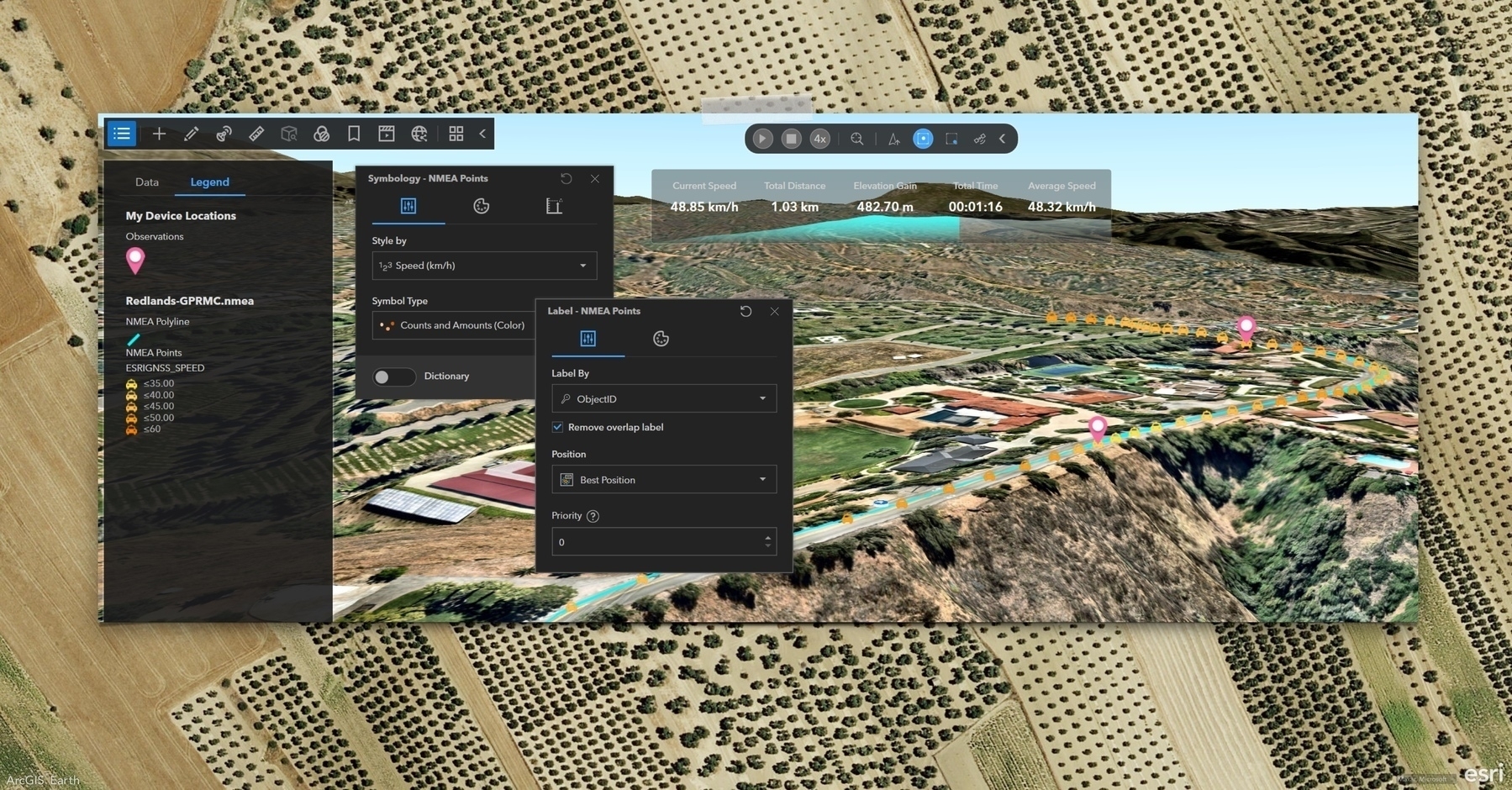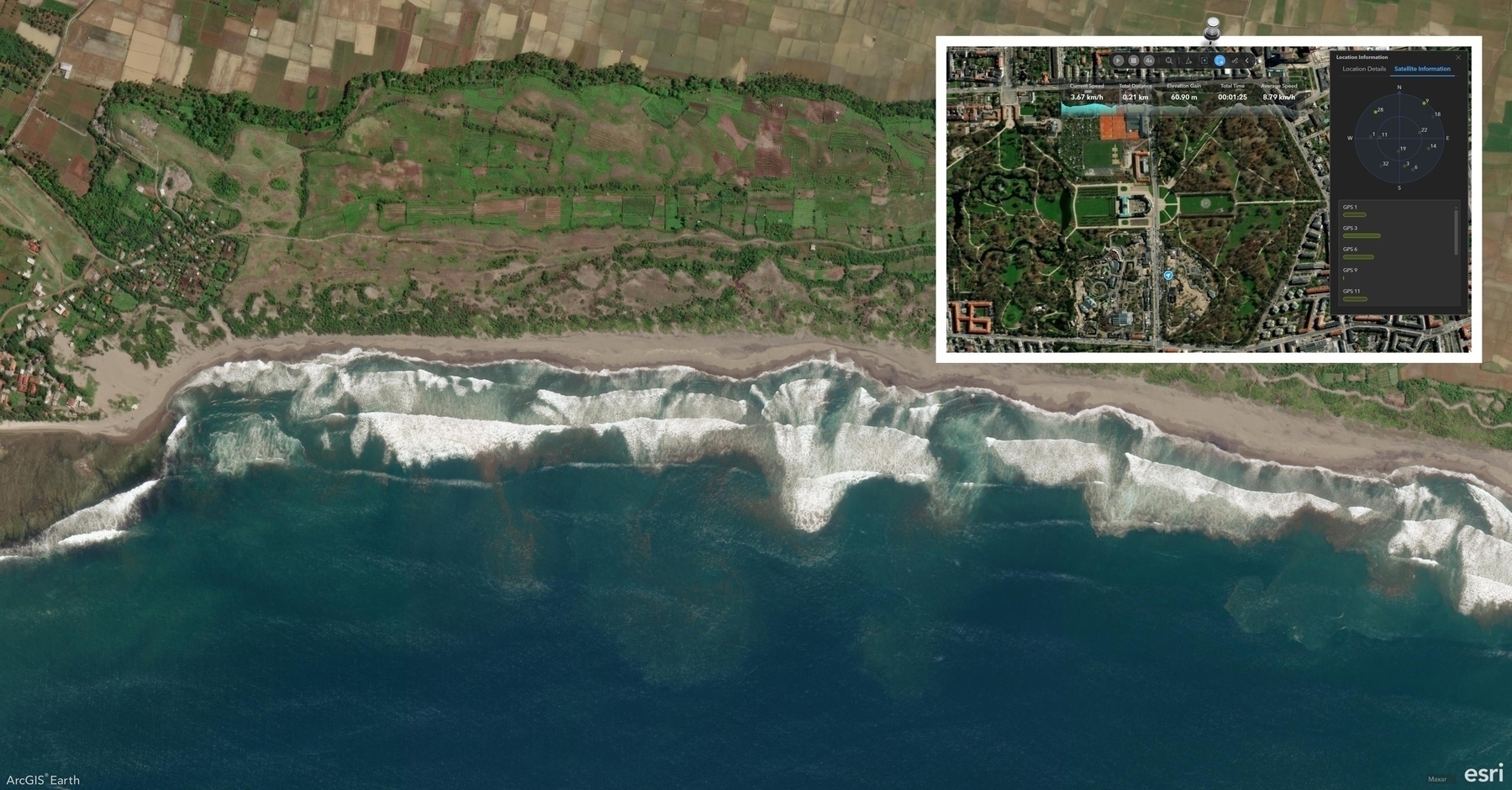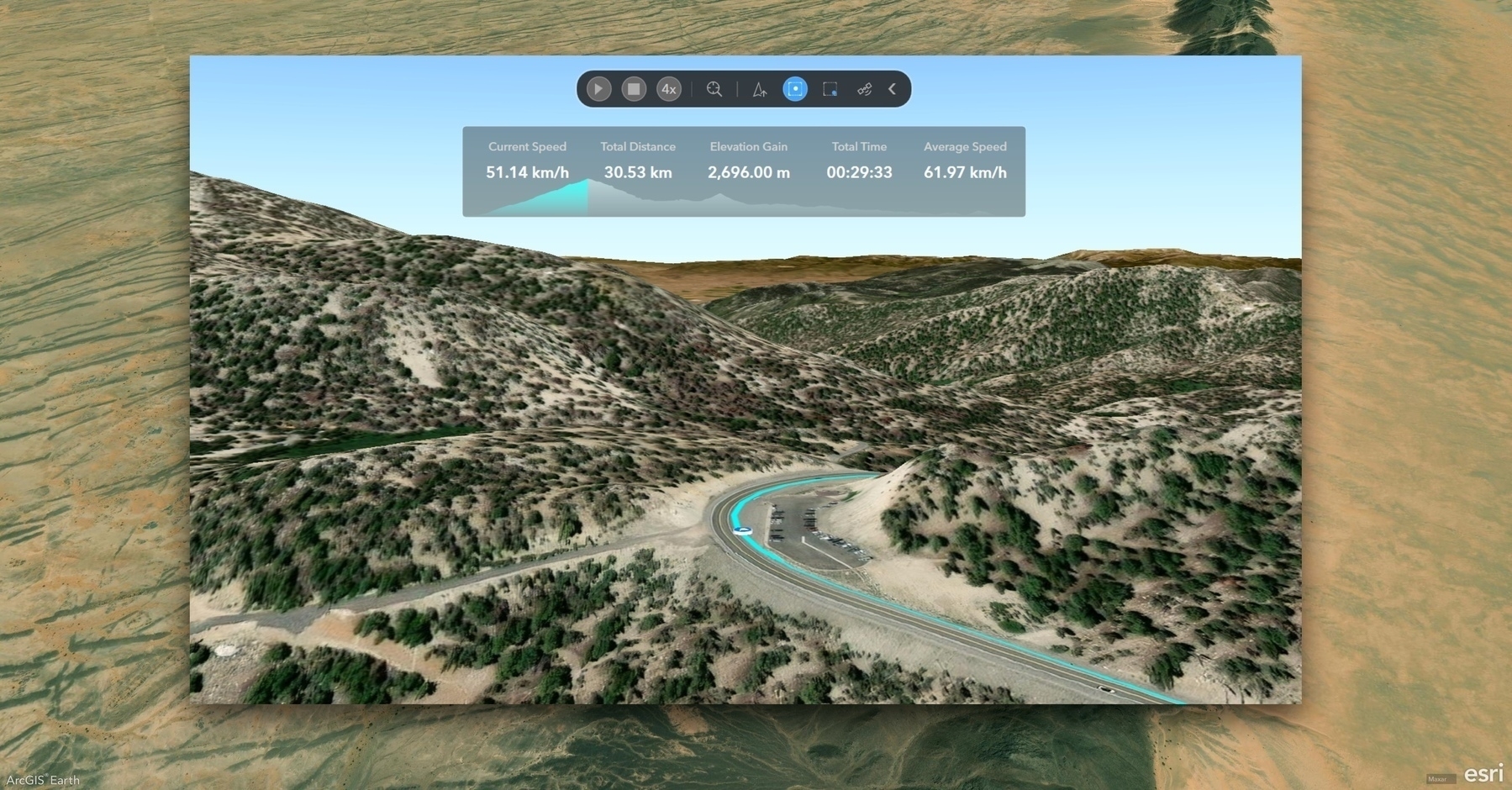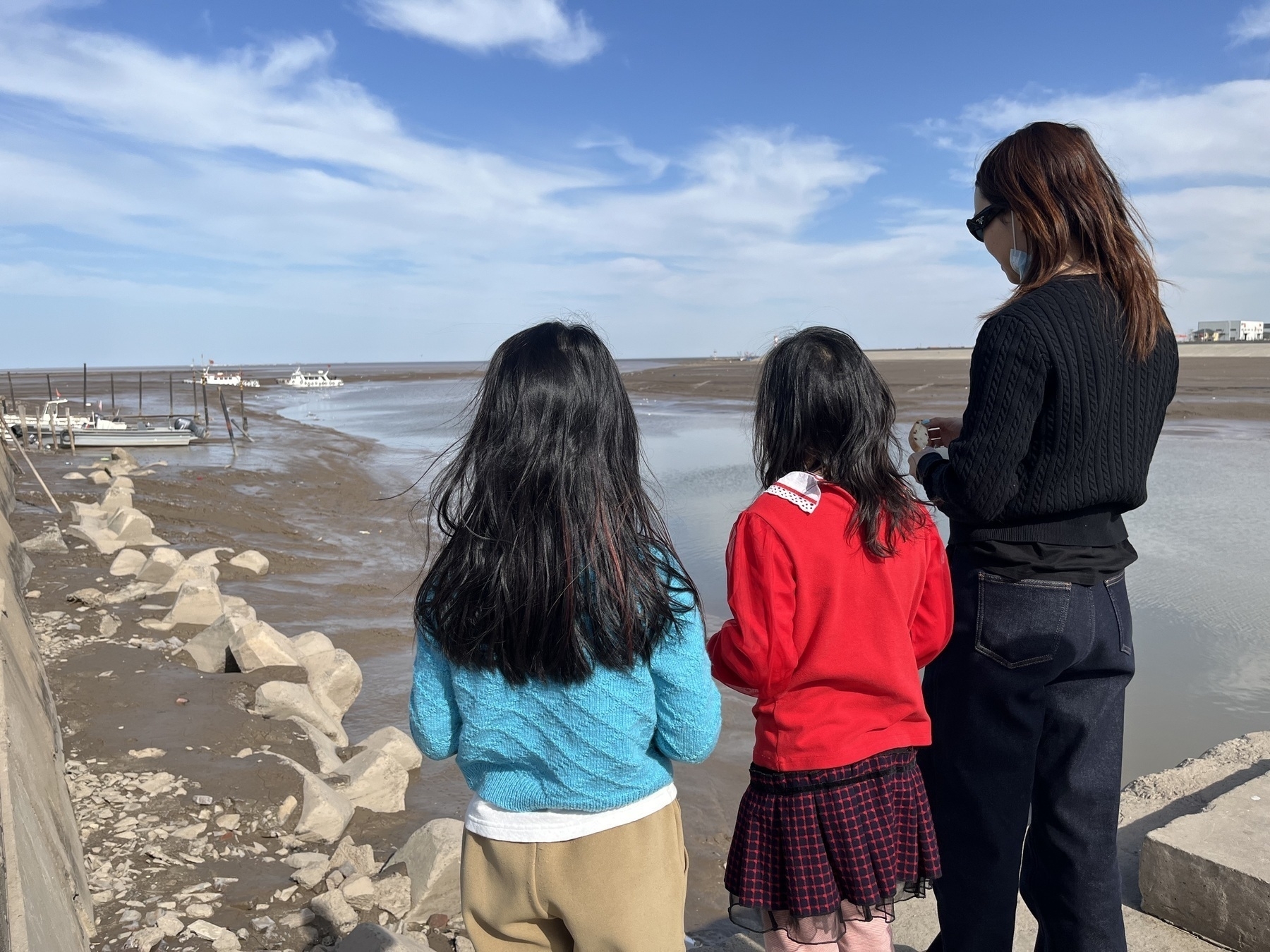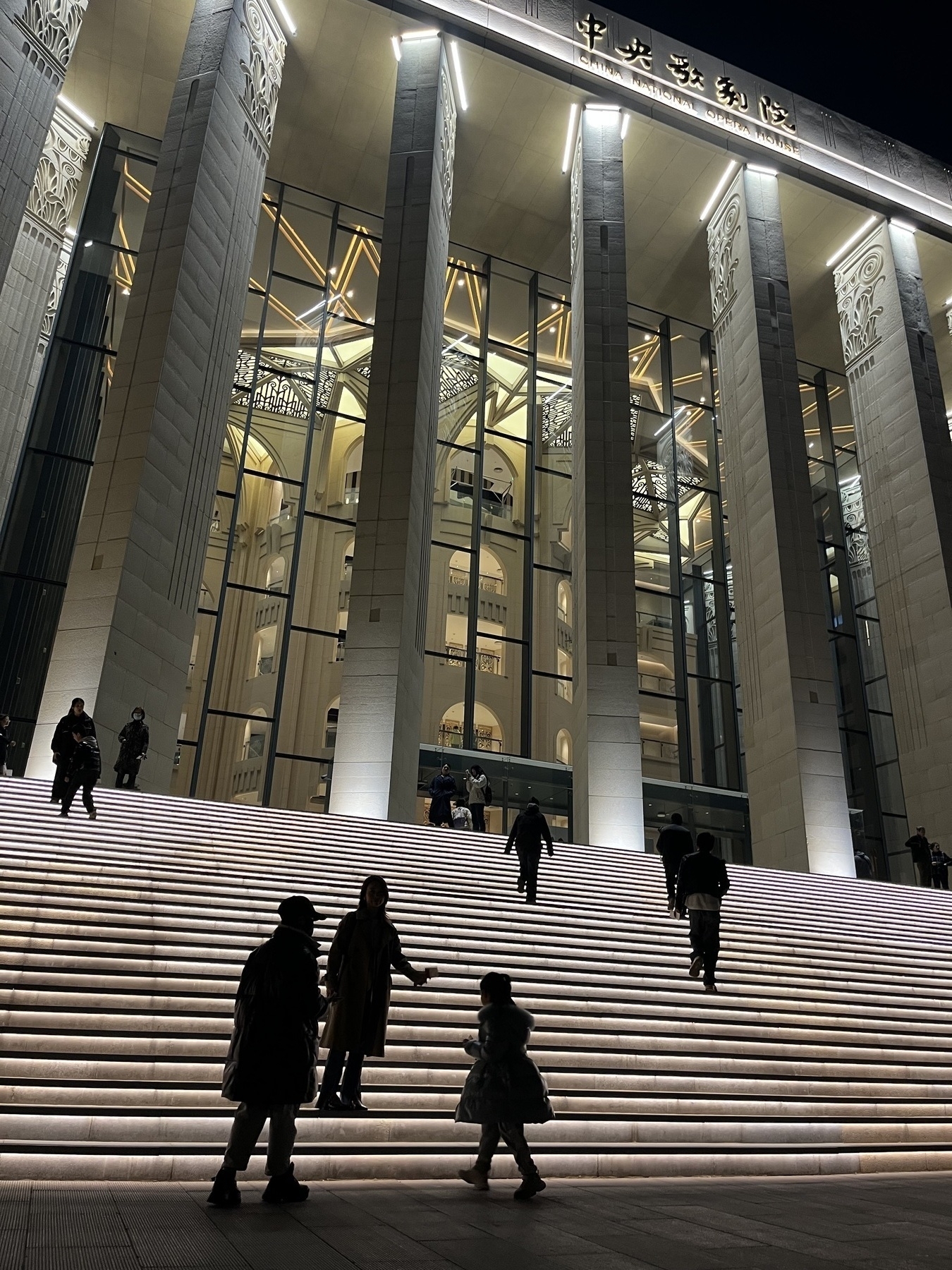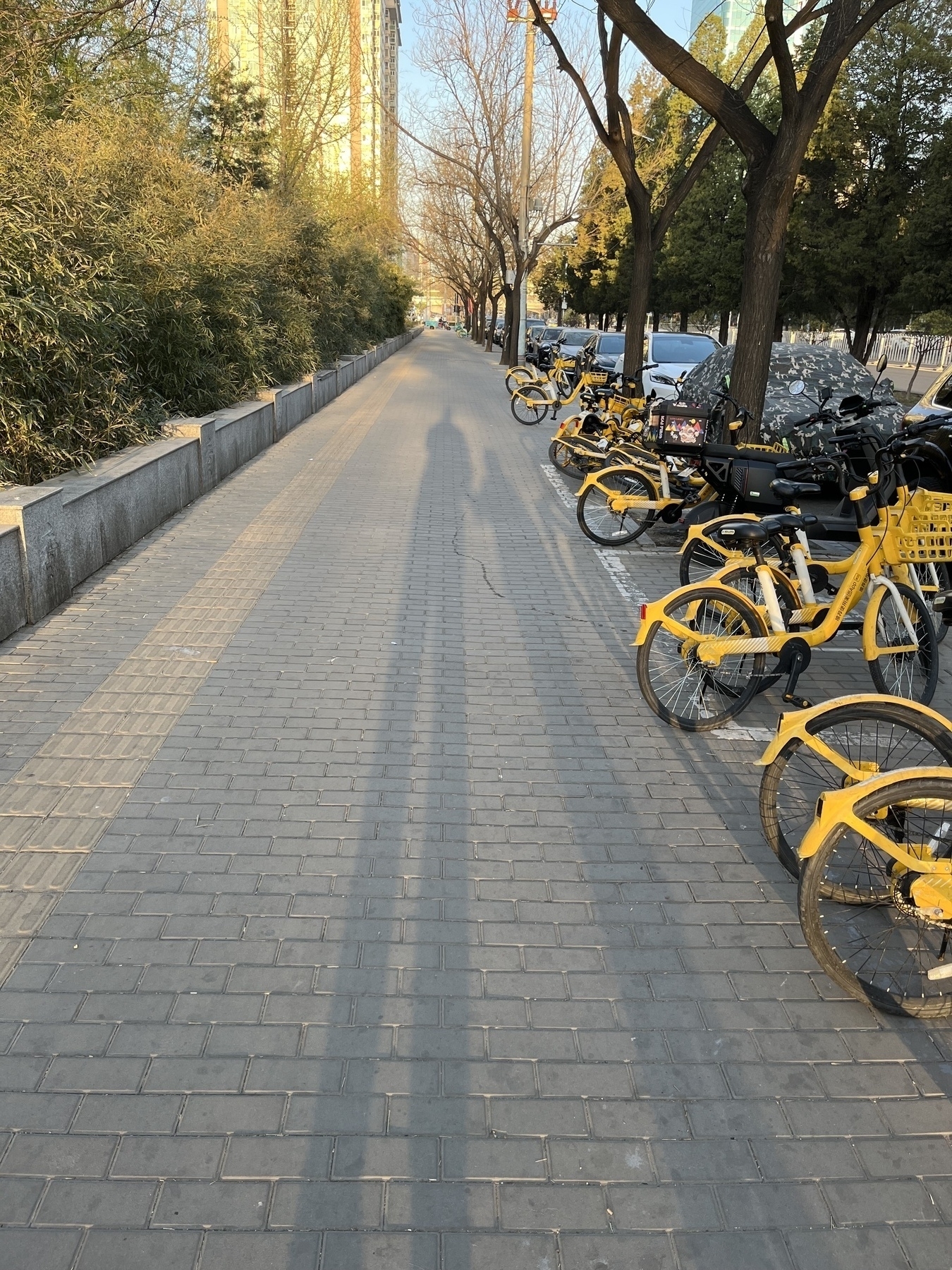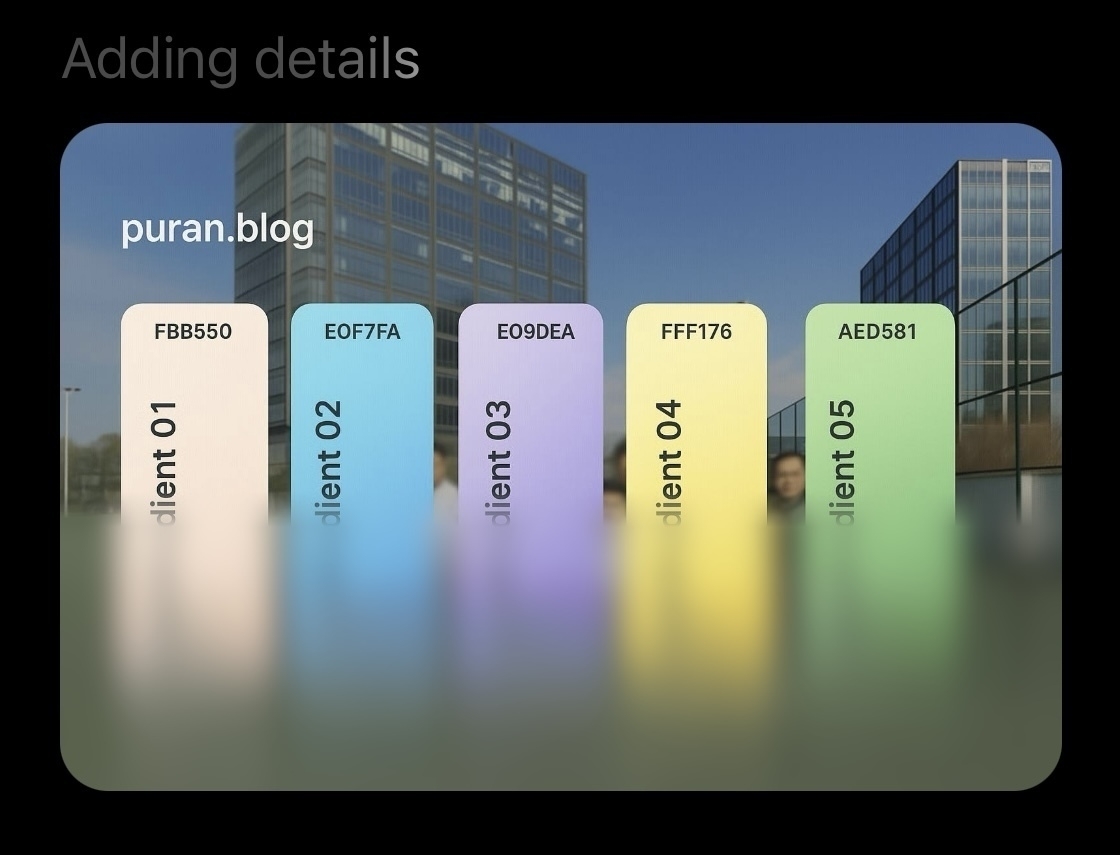2025-04-10
Hamer’s been waking up early lately, getting ready calmly and playing on her own before school. After dropping her off today, I grabbed breakfast, ate wontons while waiting for corn, and brought extra food home.
In the morning, I subscribed to CapWords—originally just out of curiosity, but the heartfelt story behind it deeply resonated with me.
I spent the day testing local language models with the Earth MCP Server. A larger model was too slow, and a smaller one underperformed, but I eventually got two working and pulled together some solid takeaways. Before wrapping up work, I submitted a documentation PR to the oterm project—my first open-source contribution—and was thrilled to see it merged right away. I hope it’s just the beginning.
Around noon, I was notified of a seatbelt violation from last Sunday. It surprised me—I’m usually careful—but the photo said otherwise.
All the talk today was about Beijing’s strong wind forecast. Looks like we’re staying indoors this weekend.



